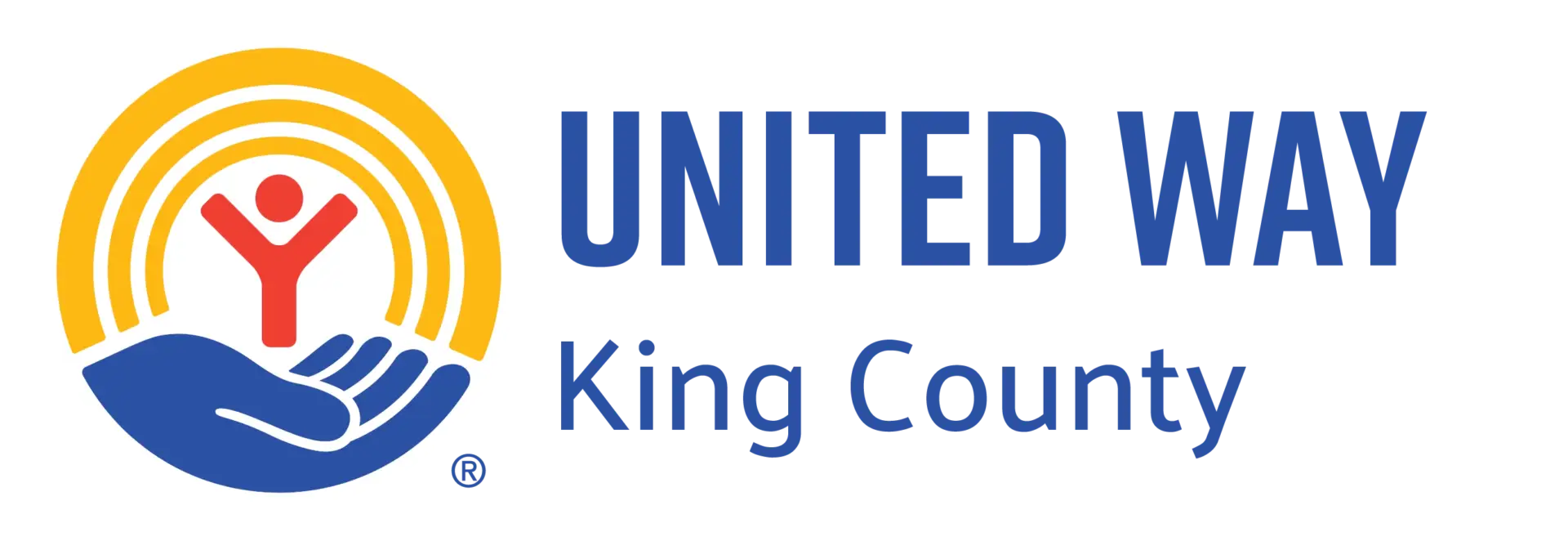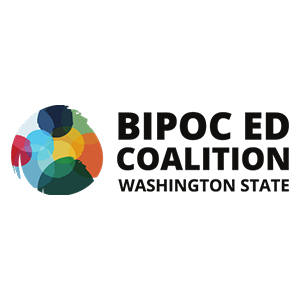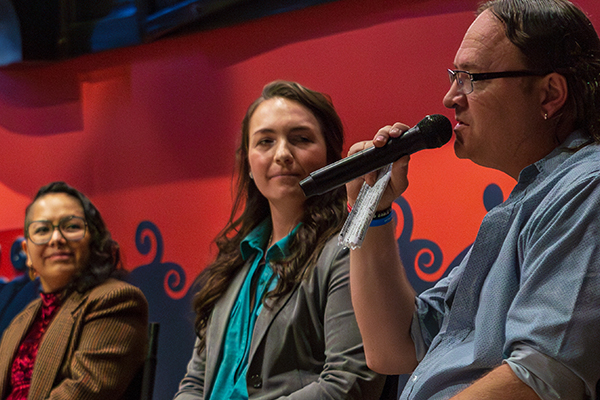Meeting Needs, Changing the System
While we provide services and funding to meet the day-to-day needs of families affected by inequitable systems, we’re working smarter by going upstream to address the systems which drive those disparities in the first place. It’s how we can build an equitable future where everyone thrives.
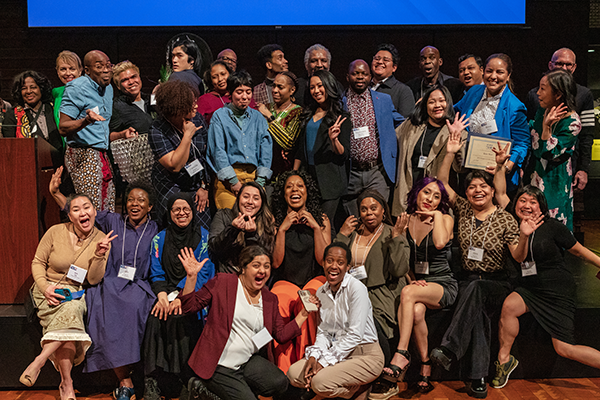
From home ownership, employment, and eviction rates to wealth accumulation, median income controlled for education, infant mortality, healthcare access, and so much more, almost all systems produce disparate outcomes by race that favor white Americans. Black, Indigenous, and other families of color can do everything ‘right’ and still experience poverty, hunger, and homelessness.
Our Strategy
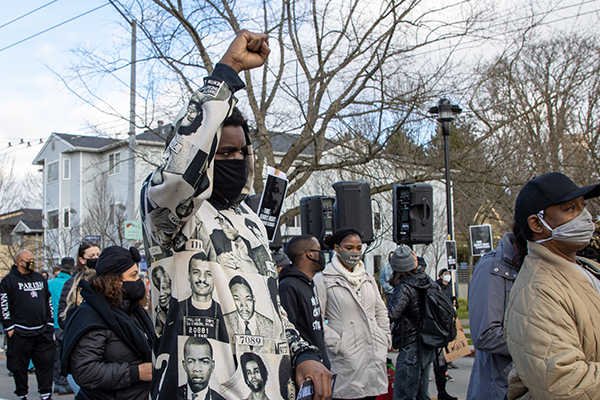
Communities of Color-Centered Systems Change
Poverty and the disparities in who experiences it remain—because the systems and structures that disproportionately impacts Black, Indigenous, and other communities of color (BIPOC), remain. While we shift focus to undo the drivers of racial disparities, we work hard to remediate the day-to-day impacts of poverty on access to resources, educational attainment, food, housing.
An example is our work to influence the passage of the Community Eligibility Provision to support child nutrition.
In a mammoth feat that’ll help all families in poverty—especially families of color who experience poverty at higher rates, this legislation led to expansion of school nutrition programs to 92,000 additional students. As of March 2023, over 800,000 students in Washington can receive free meals every school day.

If you gathered all the kids benefitting from free school meals in one place, you would fill the Seahawks Stadium twelve times! That’s how many kids from our community will now eat free meals.
Yet, we know this will not change the incidence at which families of color experience food instability. This will also not make the school nutrition system more responsive to the cultural needs of diverse families. And that’s why we advocate to change the systems that cause the need.
Investing In and With Communities of Color
Investing in services with communities of color-led agencies and working on systems change that are focused on these communities go hand in hand.
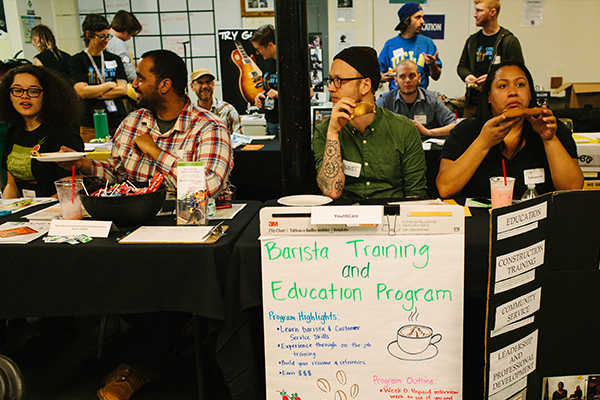
1. Capacity Building Grants
While advocacy dollars are scarce, they are crucial for impact-building. We invest a portion of:
Unrestricted dollars to help newly formed communities of color-led agencies
who bring a unique view that’s lacking in our region, become well established by helping with their operating costs. Like our investment in:
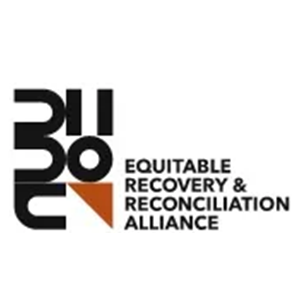
Equitable Recovery and Reconciliation Alliance, a BIPOC policy think tank
Unrestricted dollars support advocacy efforts led by organizations of color
These dollars help in everything from organizing and movement building to advocacy training, developing policy priorities, lobbying, activism, building relationships with legislators, and more. Some examples include:
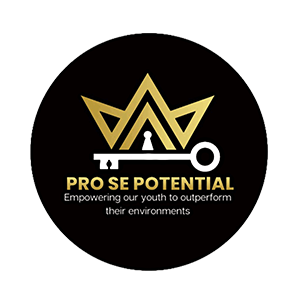
Our grants to Pro Se Potential and the Youth Commission to fund training for youth in advocacy and stipends to encourage youth to talk with elected officials about youth development system needs.
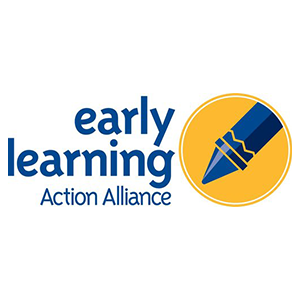
Our grant to the Early Learning Action Alliance Coalition of lobbyists to pay stipends to childcare providers of color to engage in setting the early learning advocacy agenda and lobbying elected officials.
2. Investing in Services with Communities of Color-Led Agencies
Black, Indigenous, and other communities of color bear a disproportionate burden, preventing them from accessing traditional pathways to wealth and economic security. But what if these communities led the way in solving these problems?
We continue to invest in services with communities of color-led agencies through our partnerships. These include:
These agencies use the participatory grantmaking, an approach that cedes decision-making power about funding—including the strategy and criteria behind those decisions—to the very communities that funders aim to serve. It seeks to:

Center and uplift community voice— “nothing about us, without us!”

Make better funding decisions—those directly impacted know.

Transform power dynamics—from ‘power over’ to ‘power with.’
Support This Work
The great news about focusing on the success of communities of color is that this approach benefits everyone. When a system effectively serves people furthest from opportunity it becomes a system that is responsive to everyone.
